Alessandro Michele latest chapter Hortus Deliciarum
Gucci’s latest high jewellery collection, launched in a historic villa in the Eternal City, draws on nostalgia for ancient splendour.
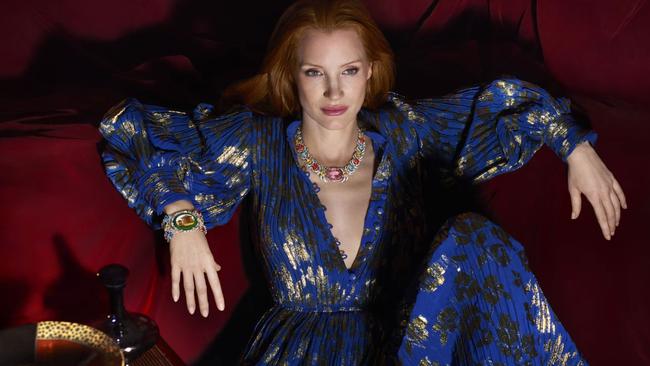
Imagine yourself in an exquisite oval room inside an 18th-century villa that has been home to a long line of Roman princes. Goddesses and cherubs are embedded in the marble friezes above the doors, the walls covered in a trompe l’oeil that recalls ancient Rome. And amid the lifesize sculptures dotted around the room is a dazzling jewellery collection waiting to be viewed by some of the wealthiest people in the world. Classical piano tinkles in the background and staff speak in hushed tones as a gloved hand removes a piece from its velvet display and carries it to a potential buyer in an adjoining room.
Welcome to the House of Gucci, and no, we’re not talking about the film. The luxury fashion brand has chosen the magnificent Villa Albani, a private estate belonging to the noble Torlonia family, to showcase its high jewellery collection in the heart of Rome. It is the latest collection from Gucci’s creative director, Alessandro Michele, and the third chapter of his vision for the jewels entitled Hortus Deliciarum, Latin for Garden of Delights. Glittering necklaces, bracelets, rings, earrings and other ornaments worth millions are ready for well-heeled clients who have been flown in from the US, Japan, Australia and elsewhere. Many will be sold well before actress Jessica Chastain is announced as the official face of this collection, or British superstar Sam Smith has entertained guests wearing his own diamond necklace and black lace Gucci shirt.
-
Explore the Watch and Jewellery special edition of WISH, available online and in print on Friday, 18 November.
-
Michele is well-known for revitalising the Gucci brand and turning it into a colossal money-spinner for the Kering fashion group, which recorded revenues of €17.7 billion euros in 2021. Despite the global pandemic, Gucci accounted for €9.7 billion of its own revenues, 31 per cent higher than the previous year, leading chairman and CEO of Kering Francois-Henri Pinault, to say he expected the brand’s growth to continue in 2022 and well into the future. Now high jewellery is adding a whole new dimension to Gucci’s diverse fashion range. “Gucci doesn’t have a history in jewellery or impressive archives like the Place Vendôme brands, but Alessandro Michele is here to build something wonderful, all from scratch,” says Katerina Perez, a Paris-based jewellery expert and influencer who follows the industry’s major brands.
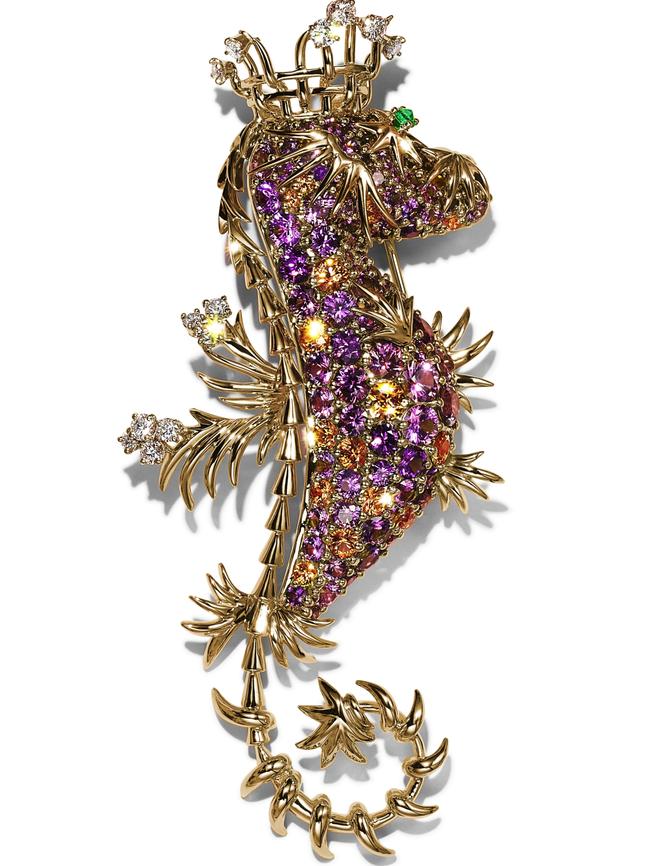
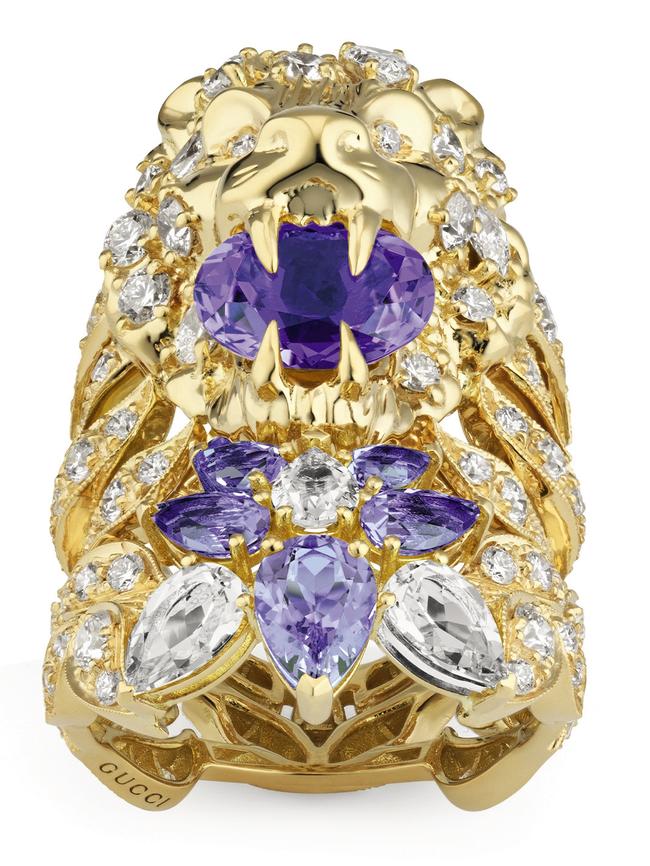
When global media were given a sneak preview of his designs inside the villa on a sweltering summer’s day, Michele was nowhere to be seen, allowing the collection to reflect his personal passion for jewels and notoriously flamboyant and colourful interpretation of design. Through these jewels, he presents five chapters of an ambitious travel diary, a map of memories reflected in spectacular gemstones sourced from every corner of the planet. The cornerstone is Michele’s personal interpretation of the Grand Tour, during that magical era between the 17th and 19th centuries when wealthy aristocrats, artists and intellectuals toured Europe in the pursuit of knowledge, culture and education. At that time, Rome was a must-see destination for literary figures and many others who wanted to discover its ancient history or the architectural and artistic treasures of the Renaissance. Villa Albani and its sprawling 8ha garden is the perfect location to present the collection since the villa itself was part of the Grand Tour. Built for Cardinal Alessandro Albani between 1747 and 1767 to house his vast collection of antiquities, it was bought by the Torlonia princes a century later and the family has accumulated one of the largest collections in the world, with around 600 pieces. Essentially a private museum, it is rarely open to the public and no photographs are allowed inside.
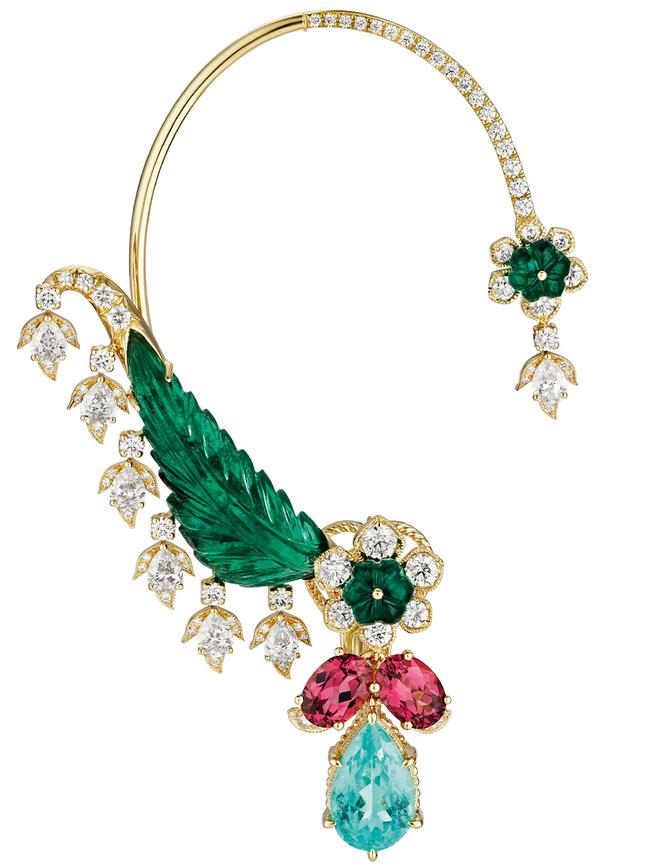
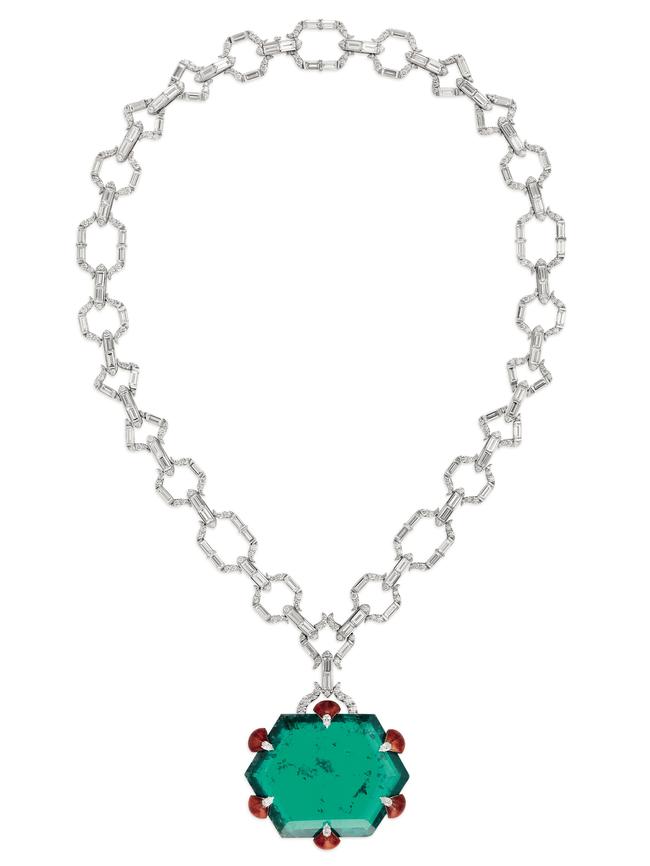
Amid the many churches and palaces of Rome, there are plenty of reminders of the Grand Tour. For his latest collection, Michele drew on that precious heritage and took the small collectibles known as micro-mosaics, featuring some of Rome’s most recognisable monuments, and surrounded them with precious stones in a glittering explosion of colour. The collection almost feels like a love letter to the city of his birth.
“It is not uncommon for the location where the jewellery is crafted to dictate the aesthetics,” says Perez. “I felt it was a great idea to add micro-mosaics to designs as they are so historically important in Italy. Another very Italian approach is using large faceted gemstones, either as the central stone in a ring or various stones mixed together in a necklace.”
Much-loved icons that still draw millions of tourists a year, such as the Colosseum, the Pantheon, the Roman Forum, and Rome’s last remaining pyramid, are among the sites featured on the tiny mosaics. Handcrafted between 1850 and 1870, they were the forerunner of the modern tourist souvenir and are still sought after in antique stores today.
Through his designs, Michele has captured the nostalgia for ancient splendour by embedding micro-mosaics in necklaces, bracelets, earrings, rings and brooches. Artisans in the northern city of Valenza spent hundreds of hours embellishing the micro-mosaics with peridot, yellow beryl, red and pink spinel, blue topaz, pink tourmaline, and colourful diamonds from around the world. Australian opal is also used.
One micro-mosaic necklace set in 18 carat gold features as many as 20 gemstones, including diamonds, peridots, rubellite tourmalines, and opals sourced from Nigeria, Mexico, China and Australia. This necklace took more than 400 hours of painstaking work; many of the others took more than 200 hours. The results are nothing short of spectacular.
“Alessandro Michele loves jewellery,” Carol Woolton, a British historian and jewellery editor, told WISH. “He’s got an eclectic style, he uses eye-popping colour, and it’s obvious he wants to mix vintage with his jewellery.” Michele often posts images of himself on Instagram wearing necklaces, bracelets and rings from his personal collection. Cameos and micro-mosaics are strongly featured among his choices.
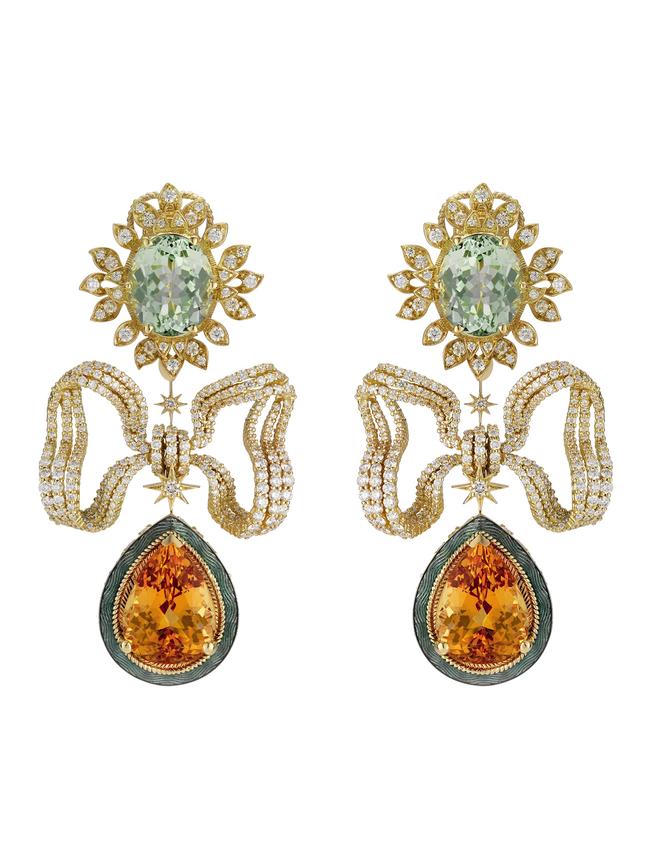
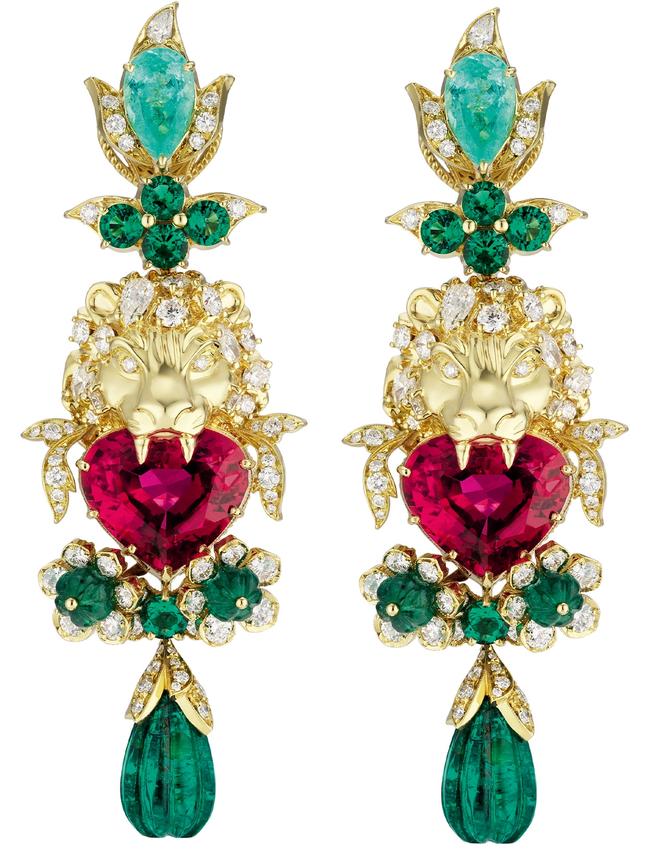
Moving away from the jewels of the Grand Tour, the latest Gucci collection also invites the viewer to take an imaginary voyage to India, the home of the Maharajahs, before exploring aspects of the New World through geometric shapes and other designs. Inside another decorative room in the villa is one of the most striking designs worn by Chastain in the media campaign – a spectacular 172-carat, hexagon-shaped emerald in a white gold necklace embedded with tiny diamonds. Beneath a spectacular wall frieze of Emperor Hadrian’s companion Antinous is another eye-catching pendant featuring a giraffe, an elephant and a crocodile. Flexible chains with amethyst, aquamarine and cushion-cut blue-grey beryl, which are replicated in earrings or central pendants set in cages of baguette-cut diamonds.
Italian luxury brands have been rediscovering the heritage of jewels and the importance of traditional artisanship. Experts believe designers regard high jewellery as a way not only to embellish their haute couture, but to celebrate the essence of Italian identity. Creativity and craftsmanship are a devastating combination and high jewellery is no longer solely the realm of the world’s celebrated jewellers. There’s no doubt the traditional jewellers such as Cartier, Graff, Tiffany & Co, Boucheron and Harry Winston are facing a new challenge from some of the biggest fashion houses in the world. The question is whether there is enough room for everyone in this very competitive market.

To join the conversation, please log in. Don't have an account? Register
Join the conversation, you are commenting as Logout